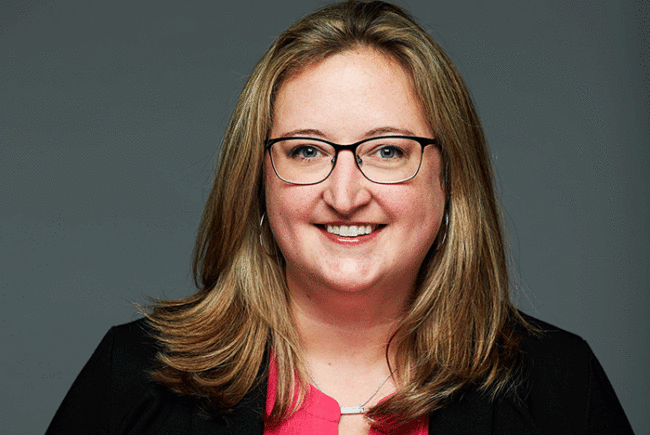ASHE has scored numerous advocacy successes in recent years as the organization fights for science-based codes and standards that do not waste valuable hospital resources. Now ASHE is stepping up its efforts to further its advocacy work by improving communications with affiliated ASHE chapters across the country.
The effort to repave the "ASHE Advocacy Highway" involves better two-way communications between ASHE and state and local chapters. By using grassroots advocacy to learn about issues affecting states, ASHE quickly can spot trends and act when appropriate. For example, inappropriate code interpretations that pop up in one facility often are seen later in other facilities or other states, and all facilities involved end up unnecessarily spending resources. If an inappropriate code interpretation quickly is brought to ASHE's attention, ASHE leaders can act to clarify the issue, potentially saving money.
"ASHE needs to know about what's happening in states," says ASHE Director of Codes and Standards Chad Beebe, AIA, SASHE. "We want to hear about misapplication of codes, inconsistencies among interpretations, and duplicative enforcement activities."
Local chapters also benefit from improved communications because they can learn quickly about national code issues coming down the pike. This allows ASHE members to understand and prepare for changes that will affect them, even before those changes occur.
"Advocacy has always been one of our concerns, but there didn't seem to be a method for collecting this information and acting on it on a national level," says Jim Gross, the advocacy liaison for the Genesee Valley Regional Association for Healthcare Engineers in New York. "If we can come together as a cohesive group to address the most significant issues, our voice can be better heard."
This effort kicked off with a meeting in Chicago in December, when advocacy leaders from ASHE and affiliated chapters across the country discussed how advocacy work affects codes and standards. Discussions will be ongoing, and ASHE also has created an Advocacy Highway webpage — www.ashe.org/advocacyhighway — that can be used to submit code issues and questionable interpretations to ASHE.
Information collected across the United States helps to support ASHE's big goals, such as more appropriate codes and standards, says ASHE Executive Director Dale Woodin, CHFM, FASHE. ASHE supports evidence-based codes that provide an optimal level of patient safety without burdening hospitals with unnecessary expenses.
"This information helps build the case for uniformly applied and interpreted codes for health care facilities," Woodin says. "That accomplishment could potentially save our industry billions of dollars. That's a huge amount of resources that could go toward hospitals' first priority — patient care."
To learn more about the Advocacy Highway or to become involved with ASHE advocacy efforts, visit the Web page or contact Chad Beebe at cbeebe.aha@gmail.com. To become an ASHE member or learn which ASHE chapter represents your area, visit the website at www.ashe.org/about.
This month's column was written by Deanna Martin, senior communications specialist for ASHE.
ASHE insight
Resources available
ASHE offers important resources to professionals in the health care industry. They include the following:
- Health Facility Commissioning Guidelines. Written by health care professionals, this resource helps optimize construction or renovation delivery. The ASHE commissioning process establishes a standard language and process for commissioning health care facilities that are cost-effective and efficient and deliver the desired return on investment. The guidelines can help ensure a successful transition from construction completion to a sustainable, high-performance operation.
- Guidelines for Design and Construction of Health Care Facilities. The 2010 guidelines cover minimum program, space and design needs for all clinical and support areas of hospitals, nursing facilities, freestanding psychiatric facilities, outpatient and rehabilitation facilities, and long-term care facilities. They also include new material on acoustics, patient handling and movement, patient safety, bariatric patient care, cancer treatment and emergency services. The guidelines are referenced by more than 42 state departments of licensure or health.
For information on purchasing either of these valuable references, go to www.ashestore.com.




